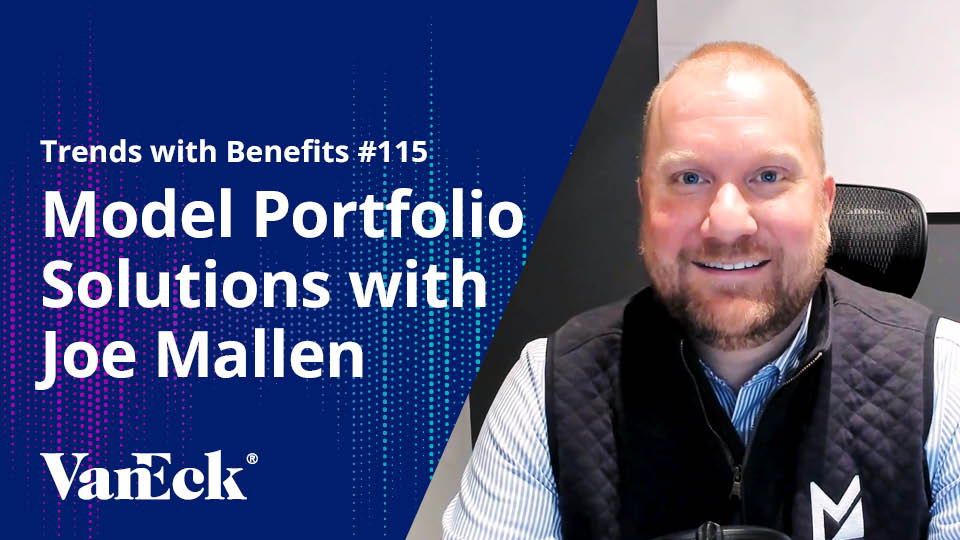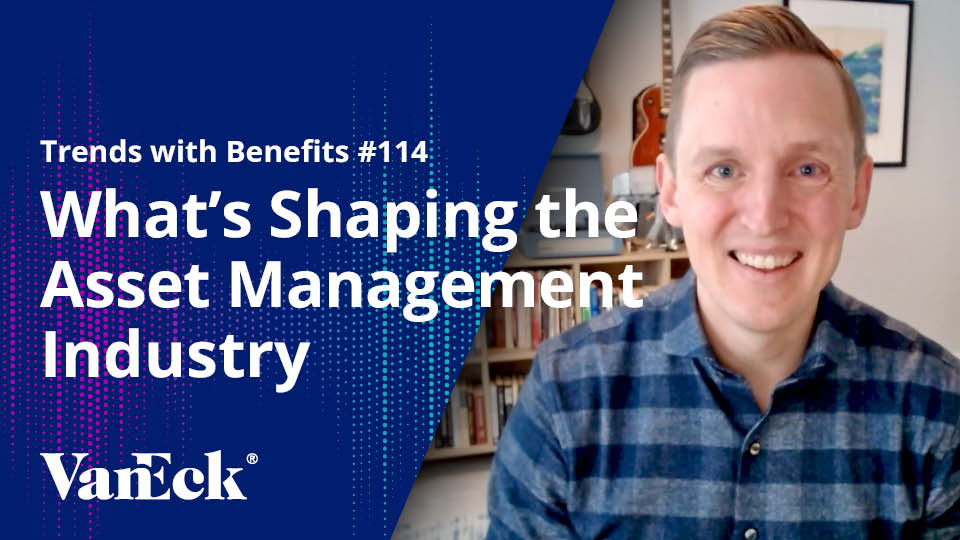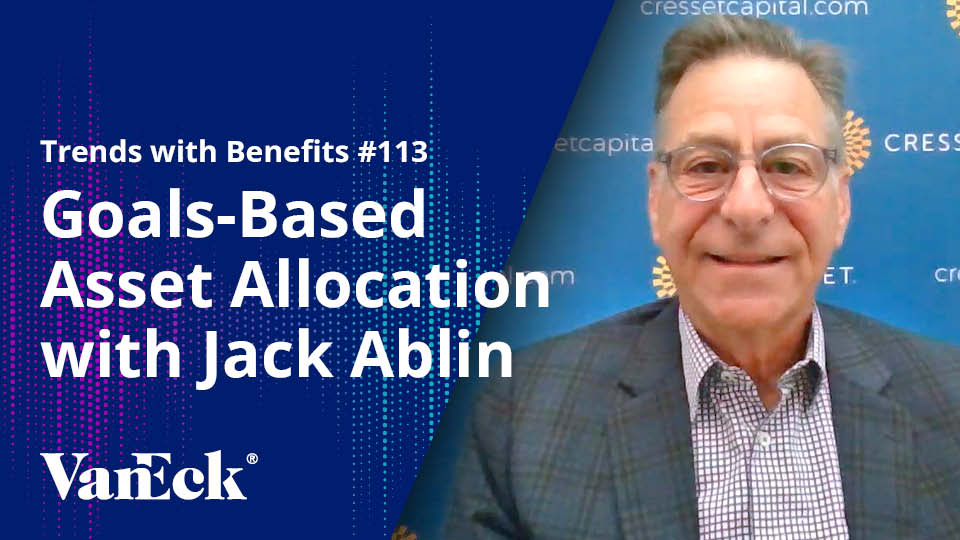Trends with Benefits #28: ESG Performance with Mark Sloss
29 September 2020
A trend decades in the making
In 2020, ESG’s time may have finally come. Investing based on environmental-, societal- and governance-oriented principles is a trend influencing fund development, government regulations and attracting investor fund flows. It can be a complicated topic, particularly if you’re trying to find the best approach. The good thing for investors is that there are a myriad of approaches to ESG investing. The bad thing for investors is that there are a myriad of approaches to ESG.
ESG is a topic I love to hate. Not because of the intent of it, but more because many of the methodologies now in play try to distill seemingly subjective decisions into a “check-the-box” type of exercise. In some cases, good and responsible companies may be left out of a portfolio or, in other cases potential exclusions were missed. This summer, fashion company Boohoo made headlines when news broke that despite being given a high grade by many ESG ratings services, the company paid workers in its supply chain less than minimum wage and subjected them to unsafe working conditions.
No methodology is perfect, whether trying to identify good ESG companies or good large-cap quality growth companies. Ultimately it comes down to understanding the methodology, its biases, and whether or not it aligns with your intent. I actually love the idea that investors are increasingly requiring that their investment dollars align with their values and if doing good doesn't materially impact returns, why shouldn't everyone do it?
In 2020, ESG strategies generally have performed relatively well and record flows into ESG funds have followed. Performance, as I discuss with Mark, is also a complicated or at least nuanced topic. We discuss SRI (Socially Responsible Investing) the precursor to ESG and the long held perception of performance concessions with such values-based investing. I also discuss with him the relative importance of E, S and G in the total equation of things and ongoing efforts to standardize ESG metrics.
Related Insights
IMPORTANT DEFINITIONS & DISCLOSURES
This material may only be used outside of the United States.
This is not an offer to buy or sell, or a recommendation of any offer to buy or sell any of the securities mentioned herein. Fund holdings will vary. For a complete list of holdings in VanEck Mutual Funds and VanEck Vectors ETFs, please visit our website at www.vaneck.com.
The information presented does not involve the rendering of personalized investment, financial, legal, or tax advice. Certain statements contained herein may constitute projections, forecasts and other forward looking statements, which do not reflect actual results. Information provided by third-party sources are believed to be reliable and have not been independently verified for accuracy or completeness and cannot be guaranteed. Any opinions, projections, forecasts, and forward-looking statements presented herein are valid as of the date of this communication and are subject to change without notice. The information herein represents the opinion of the author(s), but not necessarily those of VanEck.
The views contained herein are not to be taken as advice or a recommendation to buy or sell any investment in any jurisdiction, nor is it a commitment from Van Eck Associates Corporation or its subsidiaries to participate in any transactions in any companies mentioned herein. This content is published in the United States. Investors are subject to securities and tax regulations within their applicable jurisdictions that are not addressed herein.
All investing is subject to risk, including the possible loss of the money you invest. As with any investment strategy, there is no guarantee that investment objectives will be met and investors may lose money. Diversification does not ensure a profit or protect against a loss in a declining market. Past performance is no guarantee of future results.
Related Insights
16 April 2024
19 March 2024
05 March 2024
22 February 2024




